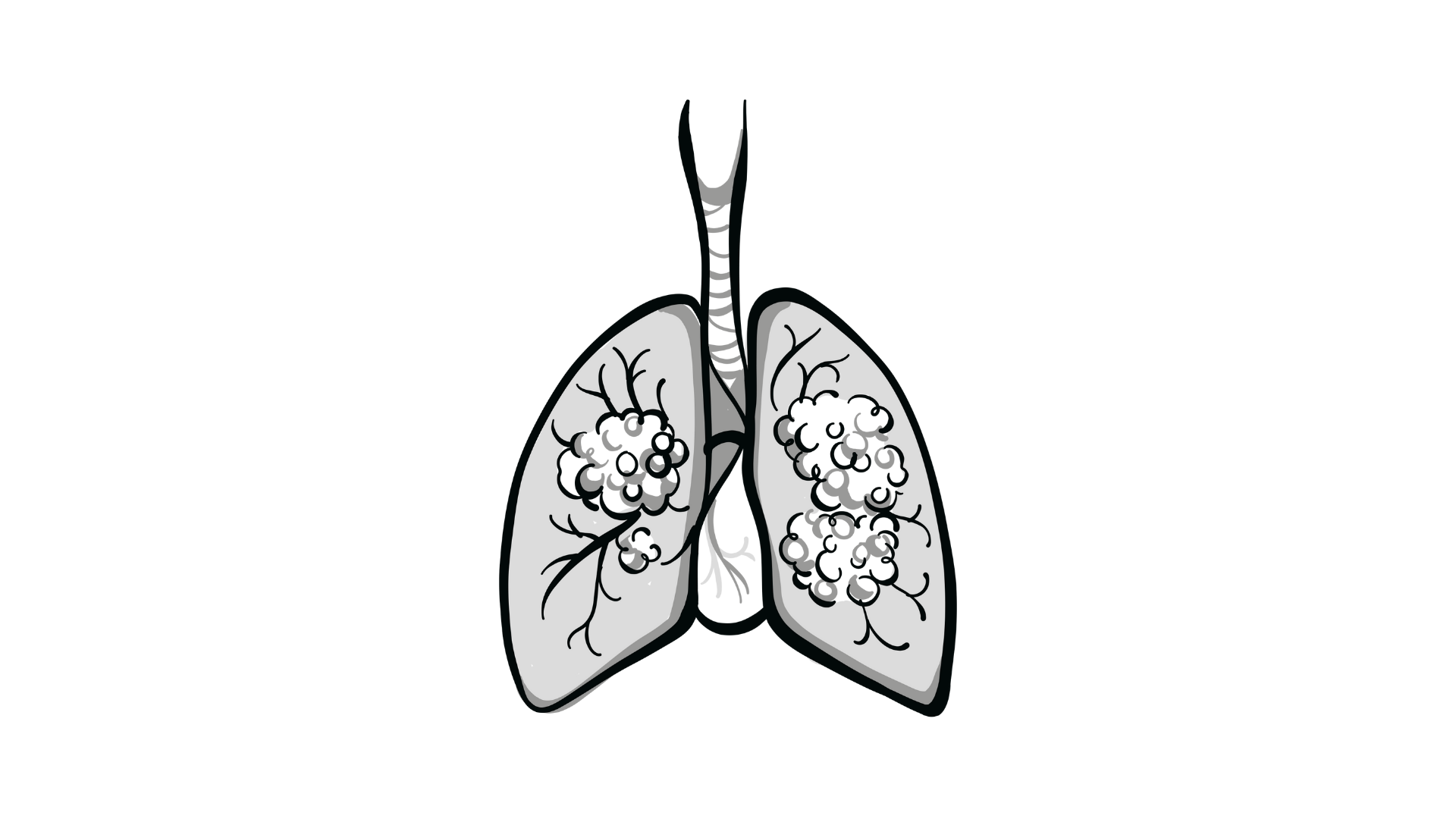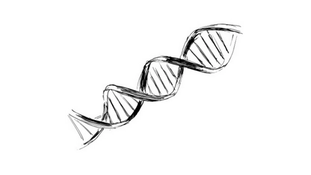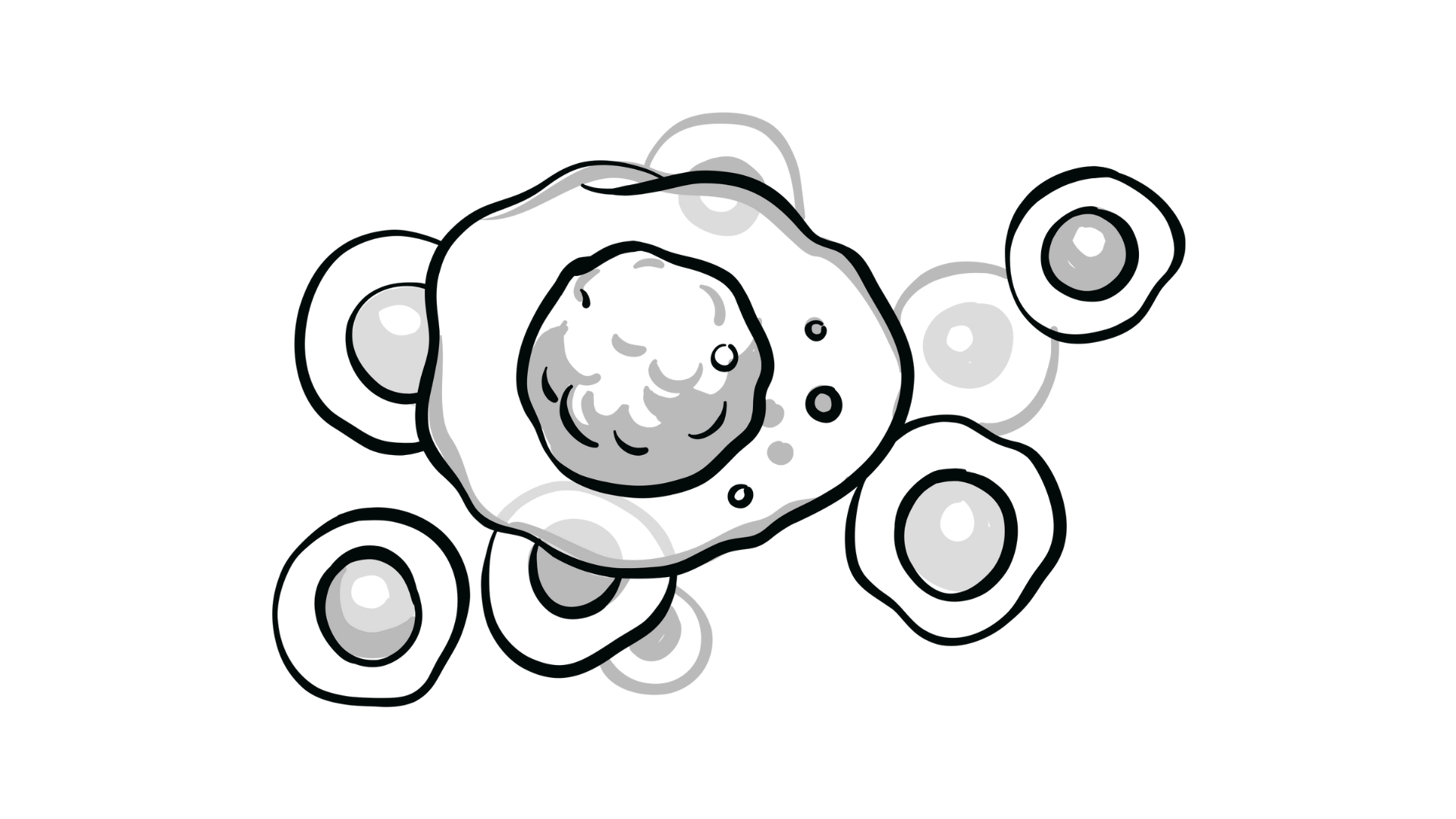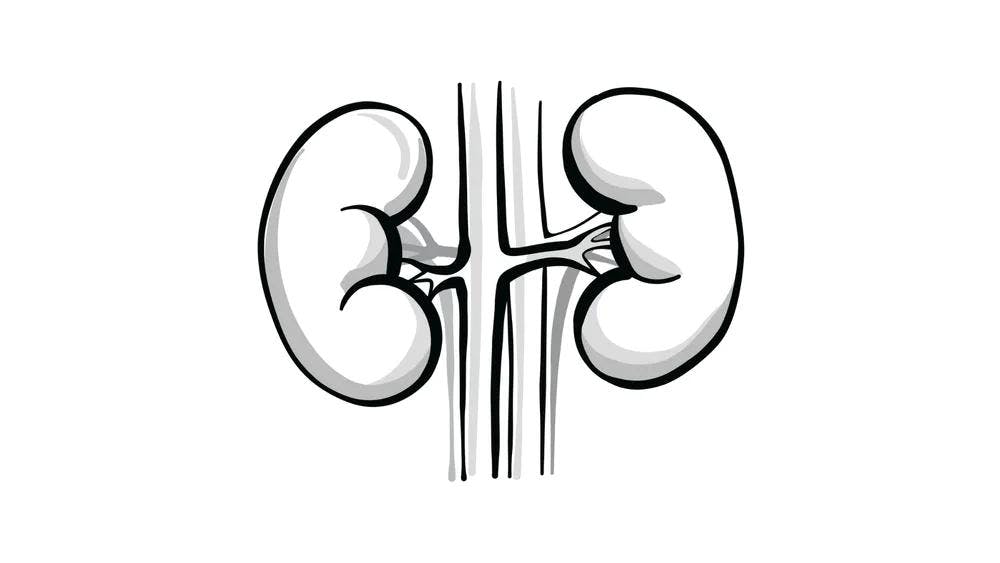Abonour Discusses Treatment and AE Management Options in Multiple Myeloma
During a Case-Based Roundtable® event, Rafat Abonour, MD, moderated a peer discussion on the use of bispecific T-cell engagers in patients with relapsed/refractory multiple myeloma.

Rafat Abonour, MD (MODERATOR)
Harry and Edith Gladstein Professor of Cancer Research
Professor, Medicine
Professor, Pathology & Laboratory Medicine
Program Leader - Myeloma
Indiana University School of Medicine
Indianapolis, IN

EVENT REGION Indiana
PARTICIPANT LIST Melhem Jabbour, MD | Sunil Babu, MD | Anita Conte, MD
ABONOUR: In the results of the MajesTEC-1 trial, the time to response was quick: the median was 1.2 months.1 The overall response rate was 63%, with a median duration of response of 18.4 months. The median progression-free survival in this phase 1 study was 18.3 months. The overall response rate was consistent across clinically relevant subgroups in this population.
In terms of safety…the rate to treatment discontinuation due to adverse events [AEs] was only 1.2%. Dose reduction was only in 1 patient [at cycle 21], and dose interruption due to AEs was in 63% of patients. Death happened due to AEs for 19 patients, [and] most of those were COVID-19 related. Neutropenia was very common. The rate of any-grade cytokine release syndrome [CRS] was 72.1%, and the rate of grade 3/4 CRS was only 0.6%. What is your reaction to the efficacy and safety data from the MajesTEC-1, MagnetisMM-1, and MagnetisMM-3 trials?
JABBOUR: There are great options with fourth and fifth line when we run out of [other] options. But I’m scared to do it in my office. In a community setting—when you live in an area without a great intensive care unit, for example—how does transition go when I refer to you? Is it safe to bring the patient back and do it in our area? It’s a great option. I will always refer, but I’m scared to do it, to tell the truth. I want the best for the patient. I don’t know how convenient it is for patients who travel back and forth. I’m not sure I can adopt that. What’s your advice for me in this case?
ABONOUR: The most important thing is the step-up dosing because that’s where most of the CRS and neurotoxicity happen. They usually don’t happen in the subsequent dosing. So subsequent doses can be done in the outpatient [setting], and you can instruct them to reach out with their fever, mental status change, and things like that. The problem is the CRS and neurotoxicity in the first week. Later is infection. You have to have a low threshold for [workup] for pneumonia and admitting them for that. You need to find a partner who will help you do this step-up dosing. We would love to do that for you.
Once the patient gets their step-up dosing, I usually do the first or second outpatient dosing at my institution to make sure they tolerate it, and then we transition them. We have done it with a lot of patients. We’ve done it in a single oncologist’s practice, and they were able to do it. The drug companies are good at sending people to try to educate your nurses about the drug because they have an interest in making sure that drug is delivered safely. The step-up dosing is where you see a lot of these reactions. After that, it’s focusing on infectious complication.
BABU: It looks like most of the AE issues related to CRS and immune effector cell–associated neurotoxicity syndrome are grade 1/2. I suppose you need to have tocilizumab for the CRS part. One of the issues is [that] most of our outpatient facilities don’t stock that, so that has been the challenge. But that needs to change internally. I know that the outpatient protocols are happening. Even in the front line, this is being explored. The efficacy is impressive.
My question is, how do you decide who goes for chimeric antigen receptor [CAR] T-cell therapy and who goes for bispecific therapy? Are there any disadvantages using bispecifics as bridging therapy because of the target loss and issues relating to that? I know that in [findings from] these trials, there were [patients who experienced progression on] CAR T-cell therapy and there was not significant difference in their response. I wanted to know your take on that.
ABONOUR: The problem is, if you have a patient [experiencing deterioration]—multiple plasmacytomas, bone marrow packed with myeloma cells—getting them to CAR T-cell therapy is not an easy trip. Do you collect the T cells right away, and if you succeed, are you going to be able to [perform bridge therapy for] them until the CAR T cells are ready 4 weeks later? That is a challenging situation.
In my practice, I think that’s the patient who is ideal to go for the bispecific therapy and try to get their disease under control. If I have a younger patient with earlier relapse, I know that both CAR T-cell therapies are approved based on earlier relapse, and the patient wants to have a treatment-free holiday, I’m going to try to get them CAR T cells. Patient characteristics, preference, and support system [are important]. The CAR T cells still have to be given in a specialized facility, and you have to monitor them after the infusion for at least 10 days in the hospital with most products. It is not simple. After the first month, it’s mostly intravenous immunoglobulin [IVIG] and making sure they don’t [develop infection]. There is concern about secondary malignancies, such as leukemia and myelodysplastic syndromes [MDS]. It’s still evolving, and we’re still learning about that.
CONTE: Do you think the secondary acute myeloid leukemia/MDS risk is slightly lower with bispecifics than with CAR T-cell therapy?
ABONOUR: I don’t know whether we know the answer yet. I just saw my first patient with MDS [who received] bispecific therapy: an 86-year-old patient, 18 years with myeloma, [whose disease has] never been in remission. He achieved complete remission and minimal residual disease [MRD] negativity. Then 6 months later, his blood counts start dropping, and now he has 6% [blasts] in the bone marrow. We still felt the need to collect more data.
The question is, if we use this drug earlier on, are we going to see that after the first line or second line of therapy? That’s important. In the patients [with] penta-refractory or triple-class refractory [disease], is there a drug that can give an overall response rate of 60% [where] the majority of responses are complete remission and there’s a lot of MRD negativity? I don’t think we have that outside of the bispecific and the CAR T-cell therapy. None of these drugs give you such a depth of response.
DISCUSSION QUESTIONS
- Discuss your perspective on use of prophylaxis with the following:
- IVIG for hypogammaglobulinemia
- Growth factor support
- Tocilizumab
- Share your thoughts on real-world data with teclistamab (Tecvayli).
BABU: [For] most of the patients with myeloma on active treatment, you know the functional IgG level is going to be low. Do you have a cutoff where you’ll automatically start IVIG? Because in patients with chronic lymphocytic leukemia [CLL], you start seeing a lot of infections, sinus issues and all that. Myeloma not as much, in my personal experience.
A lot of patients with CLL will end up being on IVIG. What is your general approach to IVIG before bispecific therapy?
ABONOUR: The CD38 antibodies will drop your normal IgG2 level, and [you may experience] hypogammaglobulinemia. I may tolerate between 300 to 400 mg, but if their level is 200 mg below normal IgG level, I will put them on IVIG. But if their level is below 400 mg and they have infections or pneumonia, I’m going to put them on IVIG. At 400 mg, most insurance companies will allow you to start it, but you have to show them that it’s the normal IgG level that is below 400 mg. So total IgG level minus the M protein level, but you have to convert the unit because the M protein level is [in grams]; you need to convert it to milligrams per deciliter.
The question is the lengths of stay of patients who receive more than 1 dose of teclistamab. It looks like the average number of days is getting shorter; it used to be 11.4, and now it’s 7 days.2 This is in the patients they looked at in the real-world setting. Experience matters. Once you treat a couple of patients, you’re going to know how to manage them. In the real-world reported data on CRS, the majority look similar to [those of] the clinical trials: grade 1 and 2. It depends on the way they did this analysis, but this is a Blood paper that was published last year.
The number of patients who completed step-up dosing was 45 patients, so 91.8% of the patients were able to complete step-up dosing.3 Some of them had prior exposure to BCMA, such as CAR T cells and antibody-drug conjugates, and some of the comorbidities that this patient had. Outpatient teclistamab step-up dosing has been reported in these patients. The grade 1 CRS was 22.2%, and grade 2 was 4.4%. Some people are moving toward the outpatient [setting]. You have to have the right system to monitor them because it is required to monitor them carefully for 48 hours, where you will use nursing services at home or, if you have late hours, at a clinic that they can go to be evaluated. If you use it as outpatient, you need to make sure you know when to give the tocilizumab to these patients.
REFERENCES:
1. Moreau P, Garfall AL, van de Donk NWCJ, et al. Teclistamab in relapsed or refractory multiple myeloma. N Engl J Med. 2022;387(6):495-505. doi:10.1056/NEJMoa2203478
2. Banerjee R, Kim N, Kohli M, et al. Evolving real-world characteristics and step-up dosing among early initiators of teclistamab for multiple myeloma - a national all-payer claims database study. Blood. 2023;142(suppl 1):5087. doi:10.1182/blood-2023-178908
3. Sandahl TB, Soefje SA, Calay ES, et al. Real-world treatment outcomes of teclistamab under an outpatient model for step-up dosing administration. Blood. 2023;142(suppl 1):5154. doi:10.1182/blood-2023-174270










